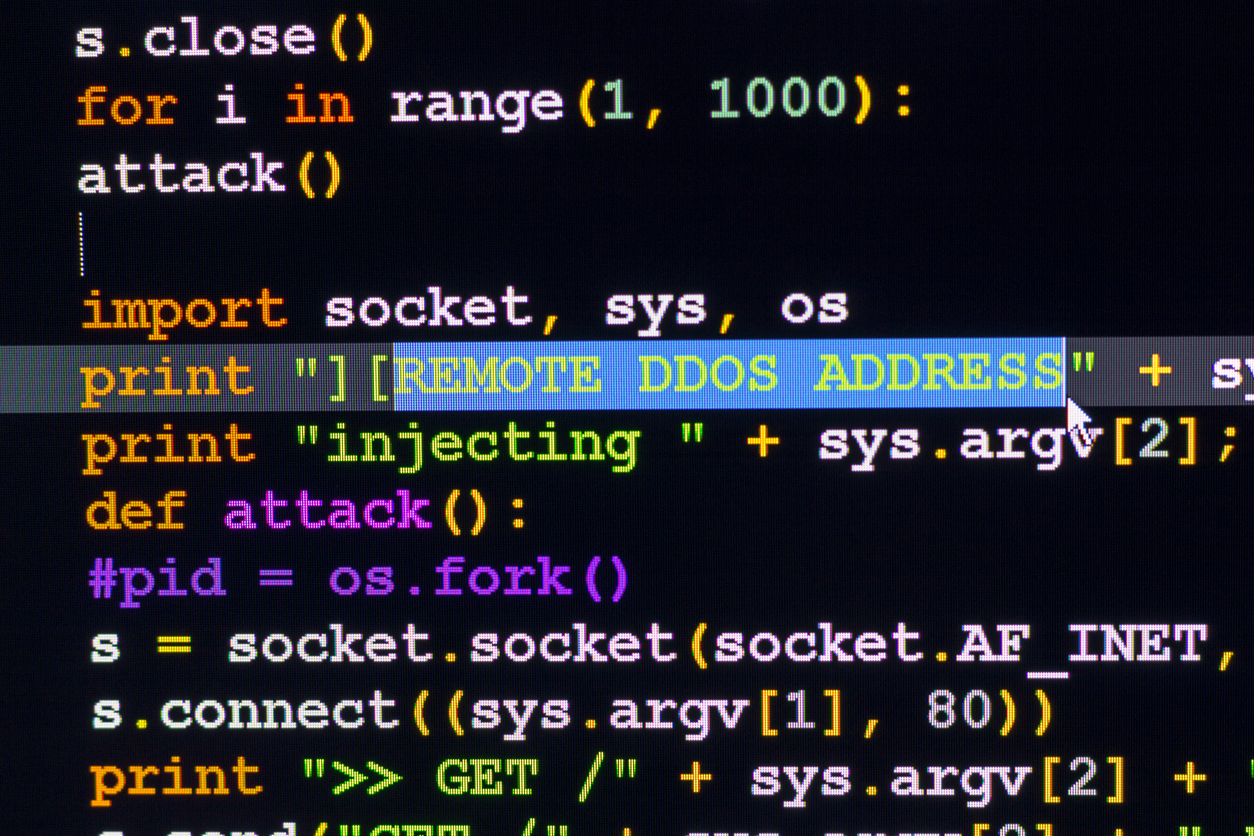Are you properly protected against DDoS attacks? If not, learn how AWS Shield can guard your cloud resources – as well as your budget.
While technology has revolutionized business and society, it has also facilitated an industry filled with criminals attempting to infiltrate or disrupt corporate networks. These cyber thieves have varying motivations and methods of carrying out their work, but the destruction they leave in their wake is almost uniformly catastrophic.
Amazon is dedicated to making it as difficult as possible for said criminals, and the Seattle-based cloud computing giant has upped its game with AWS Shield.
One of the most common ways that hackers attempt to shut down a network of servers is through what is known as a DDoS attack. In this blog, we’re going to explain what a DDoS is, as well as how AWS Shield can help protect your servers from these types of vulnerabilities.
What is a DDoS attack?
DDoS is short for Distributed Denial of Service, which is an attack on a single system. Essentially, a large number of compromised machines, most often infected with a Trojan virus, are used to target a single system.
Since DDoS attacks involve many computers attacking one source, they can be extremely difficult to inhibit. The victim usually receives incoming traffic from a wide array of machines—often in different locations of the world—making it difficult to track down the perpetrators.
How does AWS Shield protect against DDoS attacks?
AWS Shield currently offers two different levels of DDoS attack protection: AWS Shield Standard and AWS Shield Advanced.
AWS Shield Standard
Amazon’s cloud-based services are built to be extremely resilient, even in the midst of DDoS attacks. If you’re developing web applications, you have the option of using AWS WAF (Web Application Firewall) to configure control lists that track and mitigate layer 3 (network) DDoS behaviors and reduce the damage from a DDoS attack. This basic DDoS protection comes bundled with AWS WAF.
AWS Shield Advanced
If your enterprise is looking for more robust DDoS attack security, AWS Shield Advanced features next-level detection and mitigation for network-, transport-, and application-layer attacks. You’ll also have 24/7 support from a response team that helps in the event of an attack, as well as access to robust reports and metrics that provide visibility into potential attacks on your AWS applications.
DDoS attacks can be expensive because of the massive amounts of traffic hitting your servers. With AWS Shield Advanced, you’ll have cost protection in place against any massive increase in traffic that results from an attack.
It’s also important to know that by purchasing AWS Shield Advanced, you automatically have access to AWS WAF for no additional charge.
Have the features of AWS Shield piqued your interest?
AWS offers a number of tools to prevent and mitigate DDoS attacks. If you’re unsure of which AWS Shield option is best for your company, reach out to CloudHesive today at 800-860-2040. We’ve been an Amazon Web Services partner for many years and have an experienced team of cloud experts who would be happy to assist you in securing your resources.



